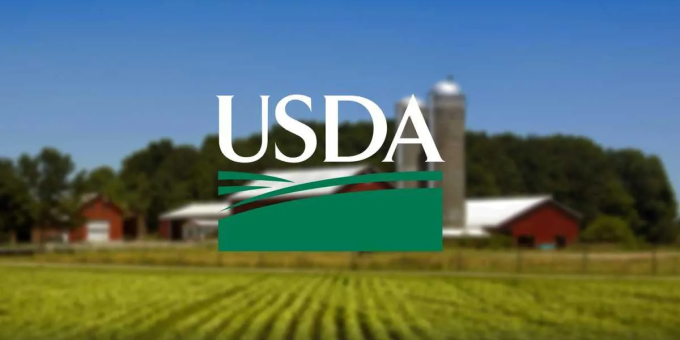
WASHINGTON – The U.S. Department of Agriculture (USDA) is asking for public input through a Federal Register request for information on the implementation of more than $19 billion provided by the Inflation Reduction Act (IRA). USDA’s Natural Resources Conservation Service (NRCS) will use the investments provided through IRA-funded conservation programs to support farmers and ranchers in adopting and expanding climate-smart activities and systems.
NRCS asks for comments on how to target program benefits, impact, and improve program delivery and outreach, especially for underserved producers.
Comments are due Dec. 22, 2022. NRCS will identify immediate changes that can be made in the fiscal year 2023 and will continue to identify and adopt additional changes in future years.

“Agriculture is at the forefront of the nation’s effort to address climate change, and we want to hear from people on the ground how to implement our programs to maximize climate benefits, promote equity and assist all producers,” said Agriculture Secretary Tom Vilsack. “From climate-smart agriculture to supporting healthy forests and conservation, to tax credits, to biofuels, infrastructure and beyond, this legislation provides USDA with significant additional resources to lead this historic charge.”
The Inflation Reduction Act provided unprecedented funding levels for several of the existing programs that NRCS implements. The increased funding levels begin in the fiscal year 2023 and rapidly build over four years, totaling these additional amounts:
- $8.45 billion – Environmental Quality Incentives Program
- $3.25 billion – Conservation Stewardship Program
- $4.95 billion – Regional Conservation Partnership Program
- $1.4 billion – Agricultural Conservation Easement Program
- $1 billion – Conservation Technical Assistance
NRCS is asking for public input on how to best maximize benefits for climate mitigation, including targeting practices and programs that provide quantifiable reductions in greenhouse gas emissions. Additionally, NRCS is requesting feedback to help identify strategies and provide recommendations on how to maximize, target, monitor, and quantify improvements to soil carbon, reductions in nitrogen losses, and the reduction, capture, avoidance, or sequestration of carbon dioxide, methane or nitrous oxide emissions associated with agricultural production. NRCS is also seeking ideas for how to further streamline and improve program delivery to increase efficiencies and expand program access for producers, especially underserved producers.
Public comments can be submitted to NRCS.IRA.Input@usda.gov until Dec. 21, 2022. More details are
available in this Federal Register notice.
More Information
On August 16, President Biden signed the Inflation Reduction Act into law. It is a historic, once-in-a-generation investment and opportunity for the agricultural communities that USDA serves. The Inflation Reduction Act will help producers stay on the farm, prevent producers from becoming ineligible for future assistance and promote climate-smart agriculture by increasing access to conservation assistance. In October, USDA took action using Inflation Reduction Act funds to immediately provide relief to qualifying distressed borrowers whose operations are at financial risk while working on making transformational changes to loan servicing.
USDA has already provided nearly $800 million in assistance to financially distressed borrowers and has outlined steps to administer up to an additional $500 million in payments.
USDA touches the lives of all Americans each day in so many positive ways. Under the Biden-Harris administration, USDA is transforming America’s food system with a greater focus on more resilient local and regional food production, fairer markets for all producers, ensuring access to safe, healthy, and nutritious food in all communities, building new markets and streams of income for farmers and producers using climate-smart food and forestry practices, making historic investments in infrastructure and clean energy capabilities in rural America, and committing to equity across the Department by removing systemic barriers and building a workforce more representative of America. To learn more, visit usda.gov.



